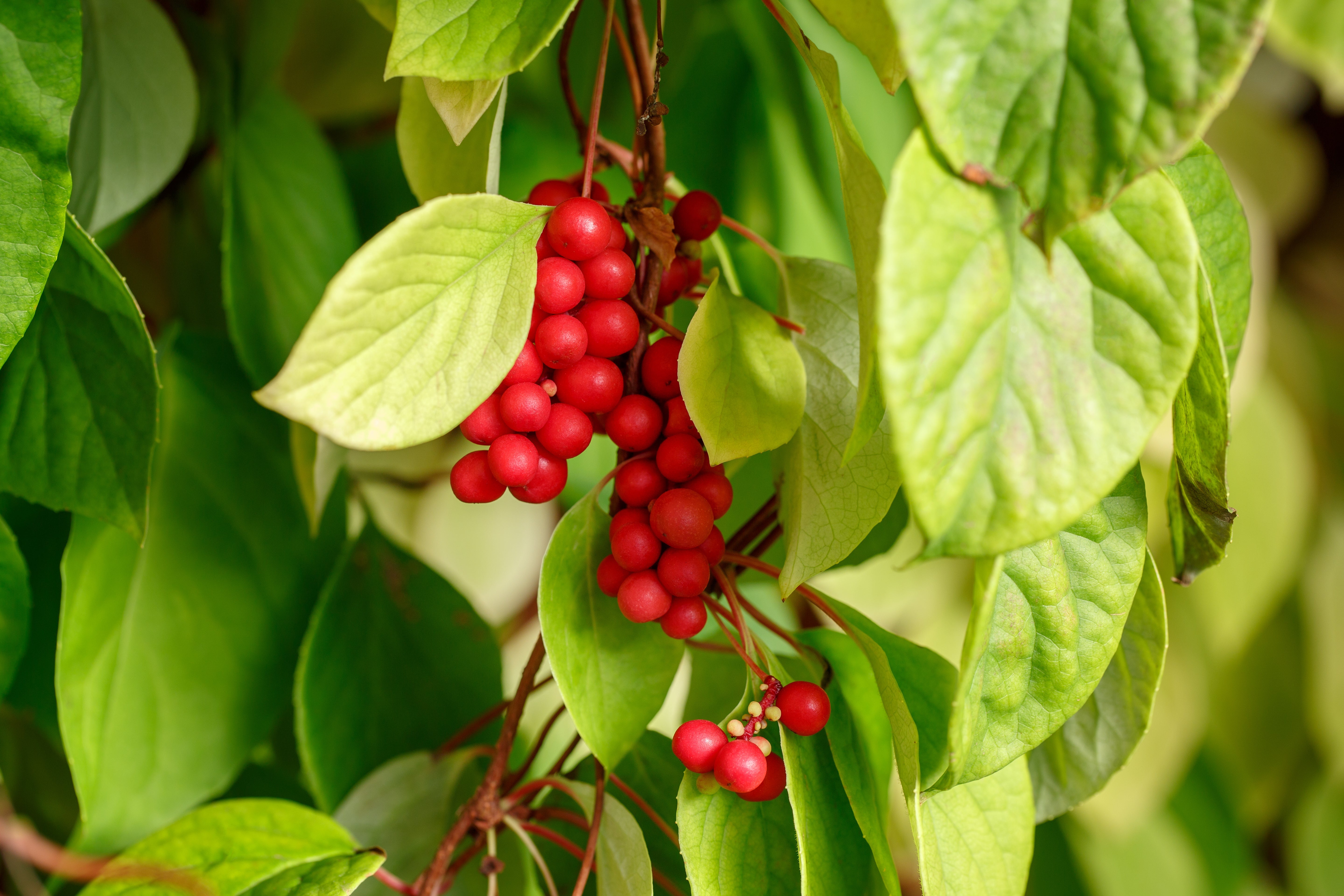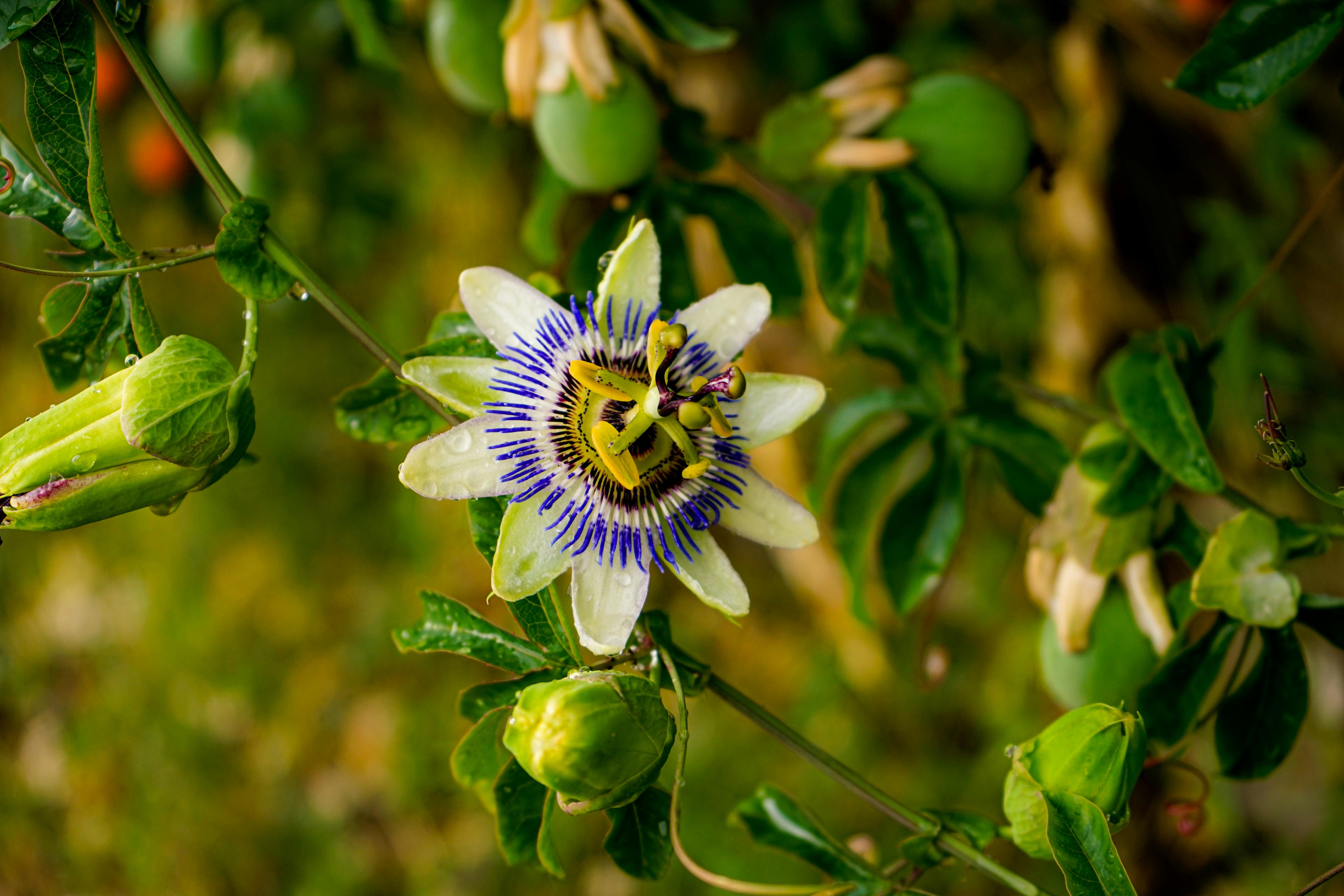Schisandra Berry: The Overlooked Adaptogen for Stress, Liver Health, and Mental Clarity
One humble berry stands out in a world of unique flavors—Wu Wei Zi, or Five-Flavored Fruit, also known as Schisandra berry. All five flavors—sweet, sour, bitter, pungent, and salty—create the ultimate dance for your taste buds. Suppose you’re familiar with how different flavors correspond to specific systems and organs of the body, such as sour for the liver and gallbladder.
In that case, it’s no surprise that this red berry has been used for thousands of years in traditional Chinese medicine. Its first mention appears in the Shen Nong Ben Cao Jing (Divine Husbandman’s Classic of Materia Medica) in the 1st century BC, where it was revered for its ability to promote longevity. While adaptogens like ginseng, Rhodiola, and eleuthero dominate the marketplace today, Schisandra remains my favorite for reasons we’ll explore in more detail below.
Origins
Native to northern and northeastern China, eastern Russia, Korea, and Japan, Schisandra is a cold-climate-loving deciduous vine berry. It belongs to the Schisandraceae family, although it was once classified under the Magnoliaceae (magnolia) family. As a result, you may still encounter it listed under that classification—it refers to the same plant. While the Schisandra genus contains 19 species, two are most commonly used, with one considered superior. Schisandra chinensis, or Bei (North) Wu Wei Zi, is the northern variety, while Schisandra sphenanthera, or Nan (South) Wu Wei Zi, is regarded as inferior but still used interchangeably.
Schisandra has been a tonic in Traditional Chinese Medicine for over 2,000 years. However, research into the berry didn’t gain traction until the 1950s, when Soviet scientists began studying it as an adaptogen. This was shortly after Soviet toxicologist Nikolai Lazarev coined the term “adaptogen” in 1947. Thanks to the blend of traditional knowledge and modern research, Schisandra has become a vital component in the herbalist's toolbox worldwide.
Medicinal Uses
Energetically, Schisandra is drying and warming, making it particularly beneficial for those experiencing excess fluid or difficulty retaining moisture. It works by tightening, toning, and drying, which makes it ideal for treating conditions associated with excess fluids, such as night sweats and nocturnal emissions. This balancing of fluid levels supports and strengthens the kidneys. The primary active constituents—lignans like Schisandrol and Schisandrol B—are responsible for much of Schisandra’s antioxidant and anti-inflammatory actions. Due to its complex flavor profile, Schisandra exerts a broad range of effects on the body, notably on the heart, liver, lungs, spleen, and kidneys.
Adaptogen (Nervous System, Endocrine System, Immune System)
As an adaptogen, Schisandra supports the nervous, endocrine, and immune systems. Its amphoteric properties benefit immunodeficient individuals and those with overactive immune systems, such as hay fever. Schisandra is one of my favorite adaptogens because it strikes a perfect balance—neither overly stimulating nor sedating. It is calming and energizing, making it an excellent choice for depleted, mentally foggy, stressed, or experiencing burnout. It is particularly effective for those with stress-induced palpitations, a common indication for Schisandra.
In Traditional Chinese Medicine (TCM), Schisandra is used to calm the shen (spirit) and is often recommended for those with bad dreams or insomnia. I also love incorporating it into blends designed to uplift the spirit and for grieving. Regarding the endocrine system, Schisandra supports the adrenals and HPA axis and positively affects the ovaries and testes. It can enhance sperm count, improve blood flow, and support ovarian function, making it a key herb for fertility and libido.
Liver Protective
Whenever I hear someone has recently come off birth control, taken antibiotics, or been exposed to harmful chemicals, Schisandra immediately comes to mind as an excellent hepatoprotective. It’s highly effective in supporting both chemical and drug-induced liver damage. One of its key actions is its ability to increase the antioxidant glutathione in the liver, which plays a crucial role in liver detoxification and maintaining cellular function.
Respiratory System
As a drying herb, Schisandra is excellent for the respiratory system, particularly in excess phlegm or mucus, such as wet cough. It acts as an expectorant, helping to clear congestion. Additionally, schizandra has antiasthmatic and antitussive properties, making it useful for asthma, especially when stress-induced and for wheezing and shortness of breath.
Cardiovascular System
Schisandra’s benefits also extend to the heart, which acts as a cardioprotective agent, mainly due to its potent antioxidants. It supports immune balance and helps regulate blood pressure, mildly lowering high blood pressure while raising low blood pressure. Additionally, it promotes healthy circulation by increasing blood flow and maintaining the health of blood vessels.
Contraindications
Due to Schisandra’s potential to either enhance or reduce the effects of certain medications, it is advised to avoid using it with drugs that have a narrow therapeutic index, such as blood thinners like warfarin. As with any herb, it’s essential to consult with your doctor or another trained medical professional before incorporating Schisandra, especially if you’re taking medications.
Ready to experience the five-flavor goodness of Schisandra for yourself? Try it in our special edition tea, Berry Well!













Leave a comment